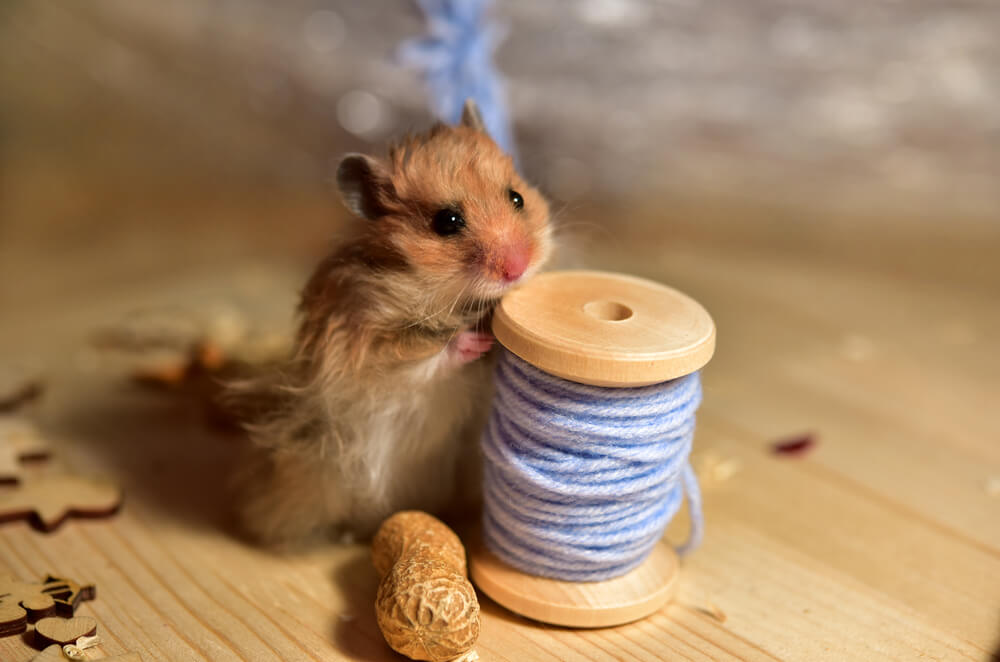Keeping Hamsters as pets can be challenging, but this article is designed to help you transition from pet owner to hamster lover. We’ll look at the dos and don’ts of hamster care and provide you with essential hamster supplies. In addition, you’ll find tips on the type of cage you should choose for your hamster. So, let’s get started!
dos and don’ts of hamster care
There are some essential dos and don’ts of hamster care that you should know. If you want to properly care for your new pet, keep these tips. Follow these guidelines to ensure a happy hamster. Aside from providing the right food, proper hamster care also includes ensuring that the cage is clean. Cleaning your hamster’s cage can be a stressful task. Because hamsters have scent glands to mark their territory, cleaning their cage will remove the scent. Your hamster will experience high heart rates and take up to an hour to calm down.
Hamsters require nutritious diets and plenty of fresh water. They are happy with vegetables and fruits but should only be offered in moderation. Keep the hamster’s habitat clean and smell fresh at all times. Keep your cage clean and dry so that your hamster won’t feel uncomfortable in their new home. In addition, they require a small amount of exercise every day. In addition to regular exercise, hamsters need a little bit of attention every day.
how to take care of a hamster for beginners
Caring for a hamster is simple enough if you’ve kept pets before, but it takes a bit more than that. This little pet needs proper nutrition and hydration, plenty of time to spend outside its habitat, and regular hand training to keep it happy and healthy. You can also find a few tips and tricks that will make hamster care even easier. Listed below are some tips to help you get started caring for your new pet.
First and foremost, you need to provide your hamster with the proper diet. Hamsters love a variety of foods, so make sure to provide them with those as well. For example, you can feed them vegetables or fruits every once in a while. Be sure to wash their cage regularly. Then, remember to check the water quality. If there are any unusual or suspicious things going on, visit your vet immediately.
What to know about owning a hamster?
Owning a hamster requires some basic knowledge about these furry creatures. For starters, you need to feed them properly. Hamsters do not eat large quantities of food at a time. However, if you have a hamster, you may want to consider buying an appropriate size hamster cage. They can be quite expensive, so you should be prepared for this. Moreover, you will have to provide food and water for them, which is the most crucial aspect of hamster care.
Hamsters are easy to care for, but there are some things that you need to consider before getting one. Male hamsters are easy to train and are very easy to care for. Female hamsters are highly active, but male hamsters are easy to train. You should choose a hamster that is well-behaved and does not cause too much stress. However, if you’re not sure which to buy, there are some tips you can follow to ensure a happy, healthy hamster.
Hamster Cages and Supplies
There are several options for hamster cages and supplies, including a variety of styles that include an upper platform accessible by a ramp. A variety of supplies and feeding dishes are also available, including a water bottle, food dish, and exercise wheel. Choose a hamster cage that offers a year’s worth of warranty from the manufacturer. Hamsters are small pets, so make sure your new home is comfortable for them.
A great starting point for your hamster’s cage is to choose a 10-gallon glass tank. These tanks are ideal for hamsters because they allow you to customize their enclosures with a variety of fun accessories, such as mazes and critter toys. Be sure to provide supervised exercise outside of the cage, as well. The Prevue Pet Products cage, for instance, has a floor area of 32 1/2″ x 17 1/2″. The design of the cage allows for plenty of visibility and the spacing between bars is approximately 3/8 of an inch. This spacing is just tight enough for hamsters to escape, but not so tight that they cannot squeeze their noses through the wire.








